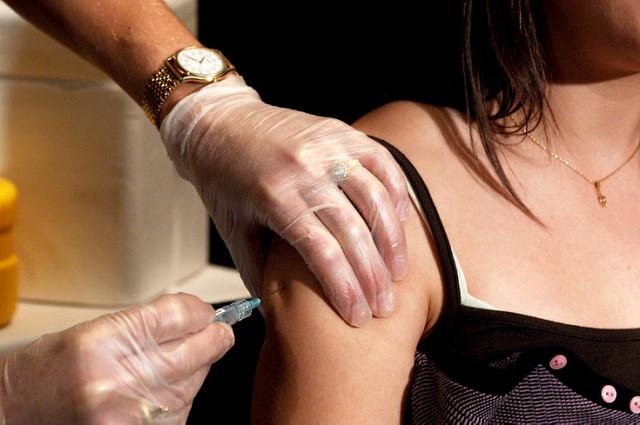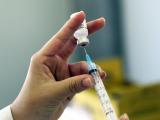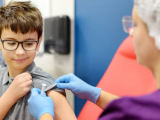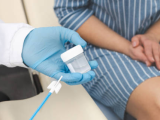Despite easy patient access to effective vaccines and the availability of inexpensive screening, human papillomavirus (HPV)-associated cancers are on the rise in the United States, according to a new population-based study from the Centers for Disease Control and Prevention (CDC) published today in Morbidity and Mortality Weekly Report (MMWR).
From 2008 through 2012, the CDC tracked HPV-associated cancers, defined as invasive cancers at anatomic sites with cell types in which HPV DNA is frequently found, through its National Program of Cancer Registries and the National Cancer Institute's Surveillance, Epidemiology, and End Results program. An average of 38,793 cases were diagnosed annually, 59% in females and 41% in males.
The CDC estimated that 30,700 of the HPV-associated cancers (79%) were attributable to HPV infections, the proportion again leaning toward females. Of those, 28,500—or 73% of the total—would have been preventable with currently available HPV vaccines, estimated the agency.
Oropharyngeal, cervical carcinomas most common
Infection with HPV is usually benign and self-resolving, but some strains of the virus can lead to cancer in the head, throat, neck, and genitals. The current study showed that the most common HPV-associated cancers were oropharyngeal squamous cell carcinomas (15,738) and cervical carcinomas (11,771). Rates of oropharyngeal cancer were higher among males than females, whereas the opposite was true for anal and rectal cancers.
Southern states had higher-than-average rates of HPV-associated cancer, with Kentucky showing the highest among both males and females. West Virginia and Vermont had the lowest rates of HPV-associated cancers.
Eighty percent of the cancers were attributed to HPV types 16 and 18, which are targeted by all currently available HPV vaccines. The other 12% of cases were caused by HPV types 31, 33, 45, 52, and 58, all preventable by the nine-valent HPV vaccine.
Since 2006, the CDC has recommended routine HPV vaccination for girls and boys at age 11 or 12. In those who haven't been vaccinated in adolescence, the agency recommends vaccination up through age 26 for young women and age 21 for young men. In 2014, the CDC said 60% of girls 13 to 17 years of age had received more than one dose of an HPV vaccine and 39.7% had received the full three-dose series. Only 21.6% of boys had received the full series in 2014, and 41.7% had at least one dose.
Besides its prevention through vaccination, cervical cancer, the most common HPV-associated cancer, can be detected easily through regular Pap smears. In 2013, only 80.7% of women reported being up-to-date on their Pap smears.
"Ongoing surveillance for HPV-associated cancers using high-quality population-based registries is needed to monitor trends in cancer incidence that might result from increasing use of HPV vaccines and changes in cervical cancer screening practices," the report concluded.
See also:
Jul 8 MMWR report


















